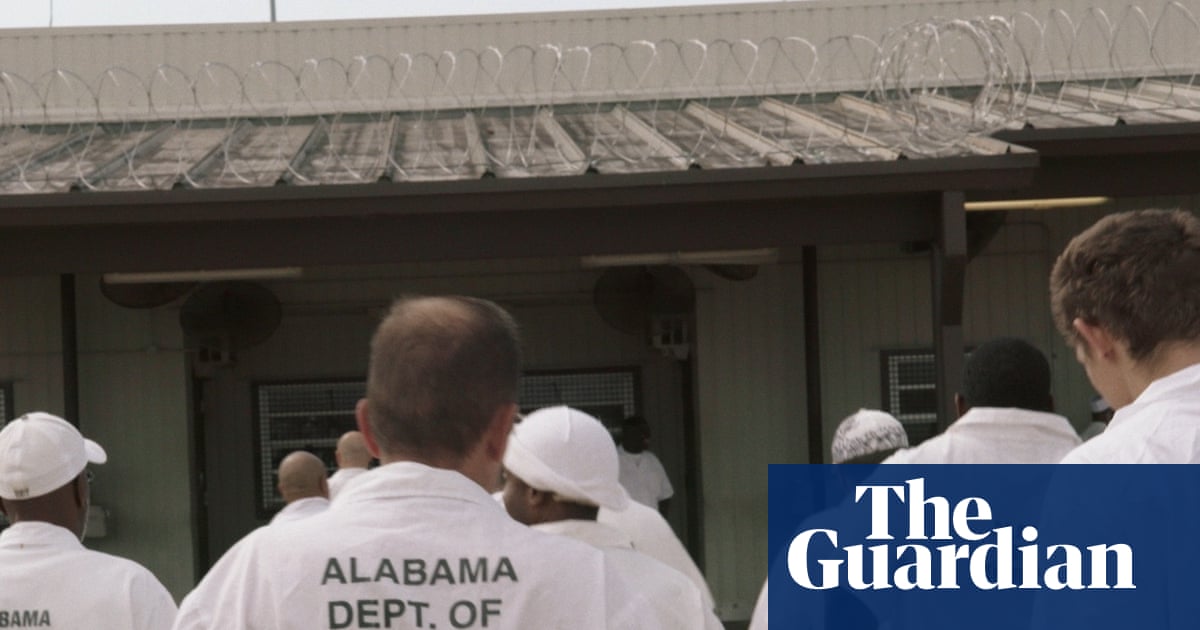
"Like Alabama's 13 other prisons, Easterling largely prohibits media access, but allowed the documentarians to film its annual volunteer-run barbecue, a sunny day in which incarcerated men, most of them Black, ate fresh roasts to live music and sermons. On camera, men danced and smiled. But off camera, many more told a different story horrific beatings, unreported stabbings, unimaginable violence swept under the rug and appalling conditions that ain't fit for human society."
"When Jarecki approached the voices, a prison official shut down filming, claiming that it was unsafe for him to speak to the men without a police chaperone. It was very clear that there were areas of the prison that we were not allowed to see. They use the idea that it's all about safety and security, because they don't want you to understand what they're doing. These prisons are like black sites."
"That thwarted barbecue meeting opens The Alabama Solution, a stunning new documentary, made over the course of six years, on the hell known as the Alabama department of corrections (ADOC). Co-directed by Jarecki and Kaufman using a decade's worth of evidence covertly filmed by incarcerated men, the two-hour film reveals a gallingly corrupt system rife with unchecked abuse, forced labor and unimaginable cruelty, and documents prisoners' herculean efforts, under constant physical threat, to improve conditions deemed unconstitutional by the US justice department in 2020."
A two-hour documentary assembled over six years and incorporating a decade of covert footage exposes chronic violence, forced labor and administrative secrecy across Alabama Department of Corrections prisons. Volunteer-run events and staged pleasant scenes masked pervasive horrors including beatings, unreported stabbings, filthy dorms, and conditions deemed unconstitutional by the US Justice Department in 2020. Filmmakers encountered restricted access and official assertions of safety to block scrutiny. Incarcerated men risked retaliation to collect evidence and advocate for reforms under constant physical threat. The record portrays systemic corruption, lack of outside oversight, and deliberate concealment of human-rights abuses.
Read at www.theguardian.com
Unable to calculate read time
Collection
[
|
...
]